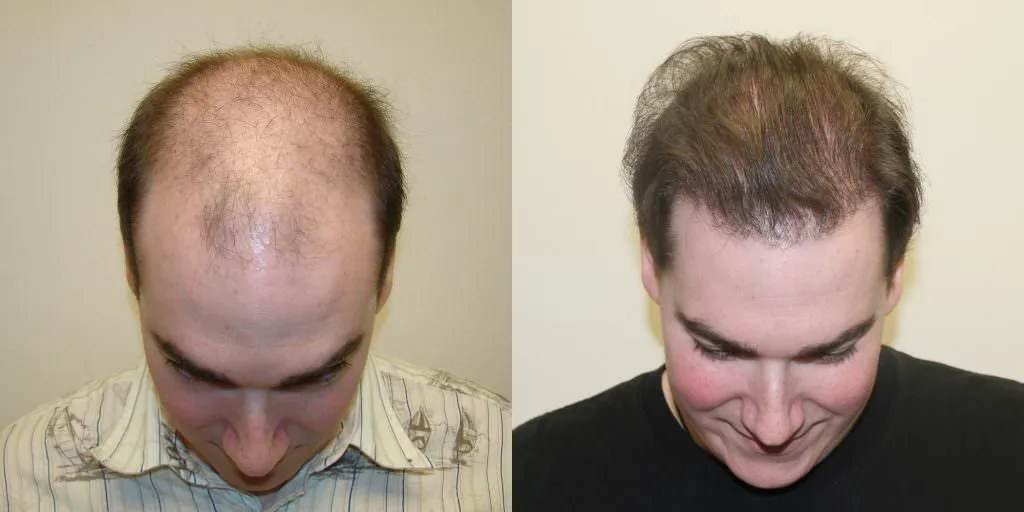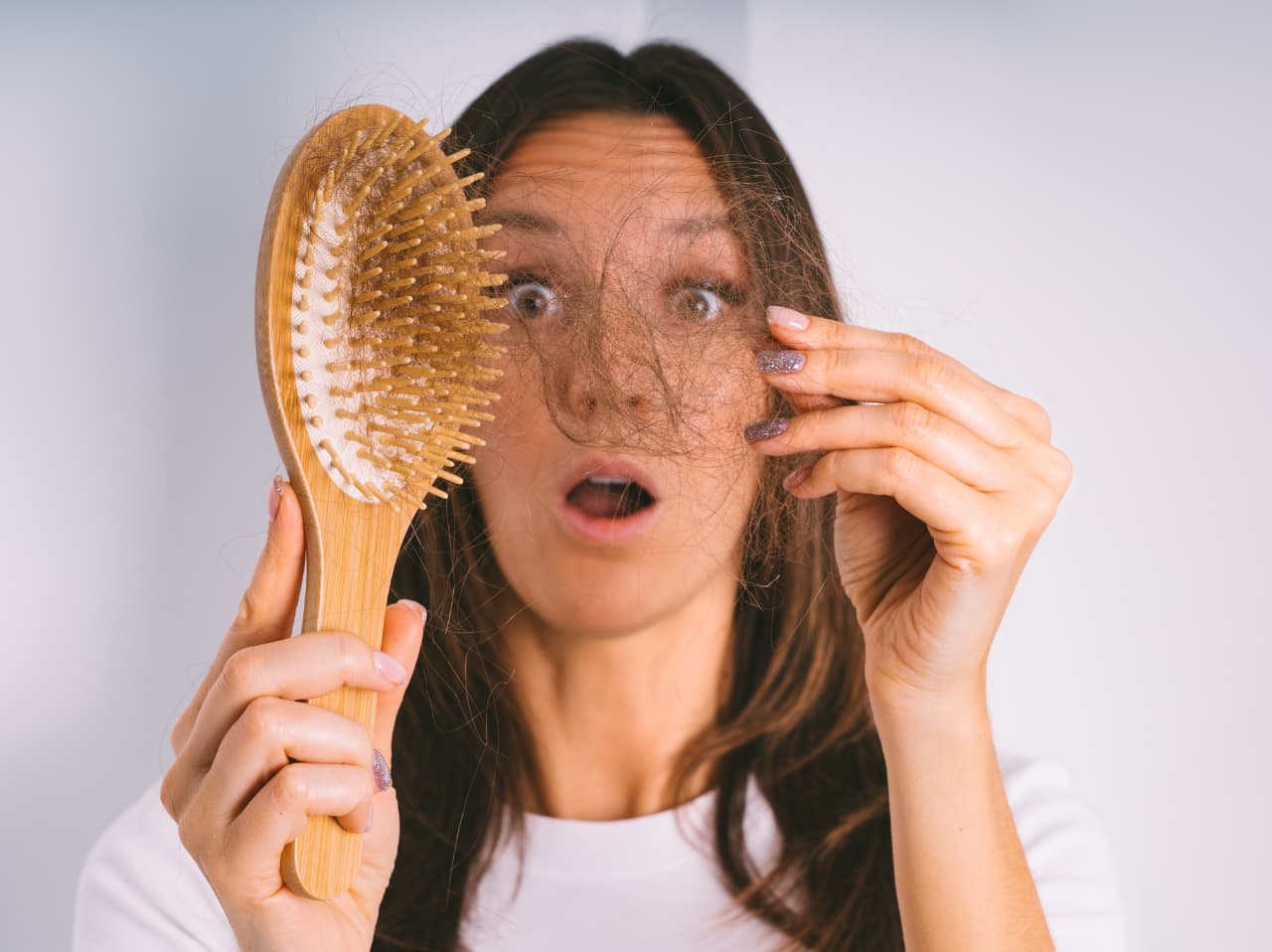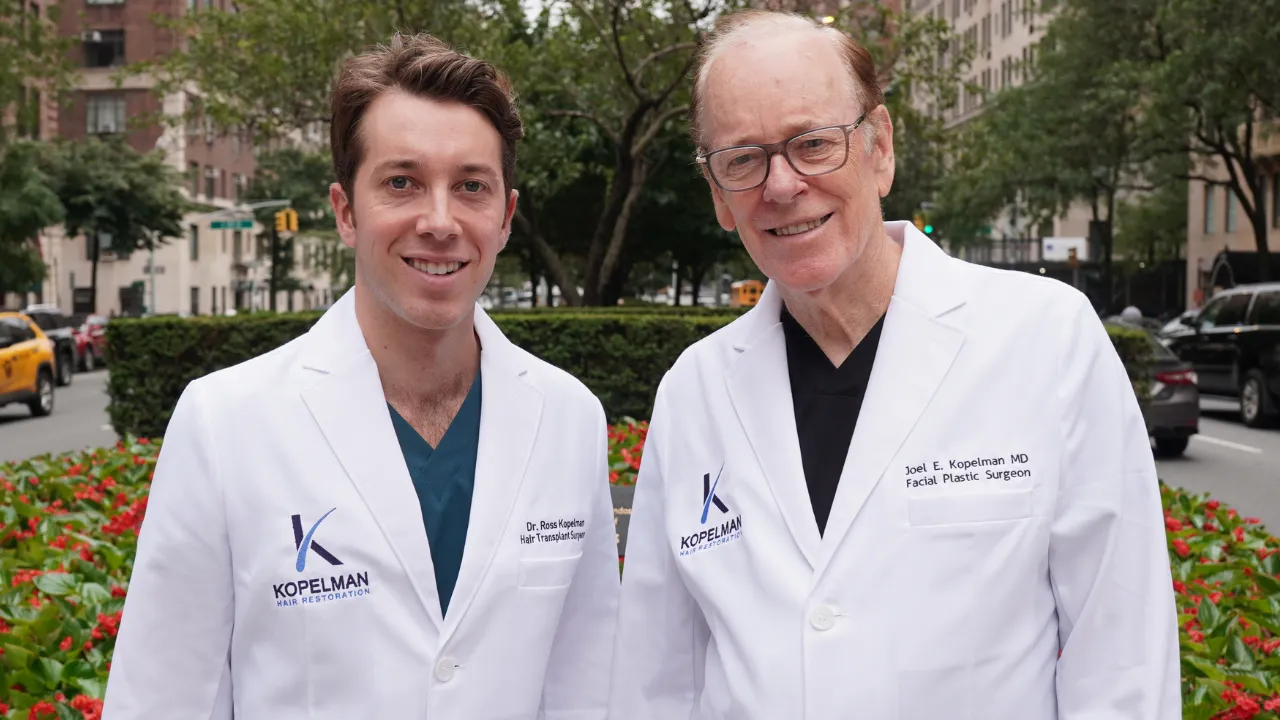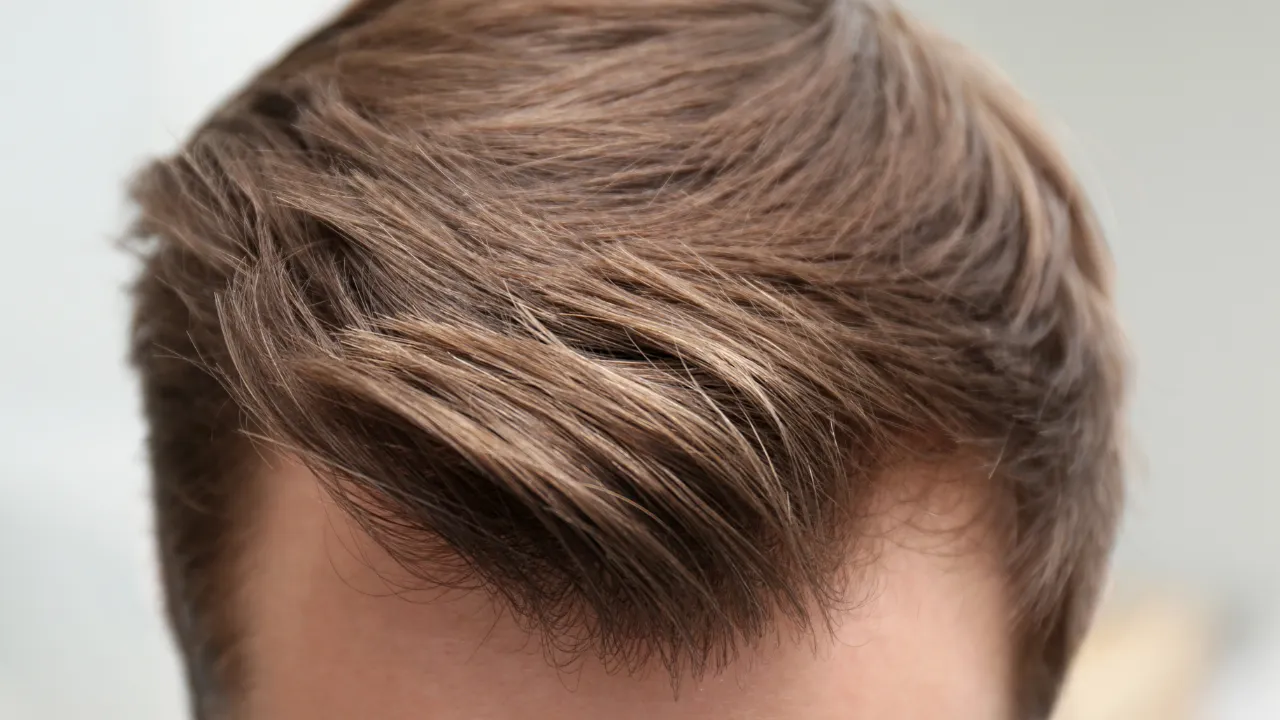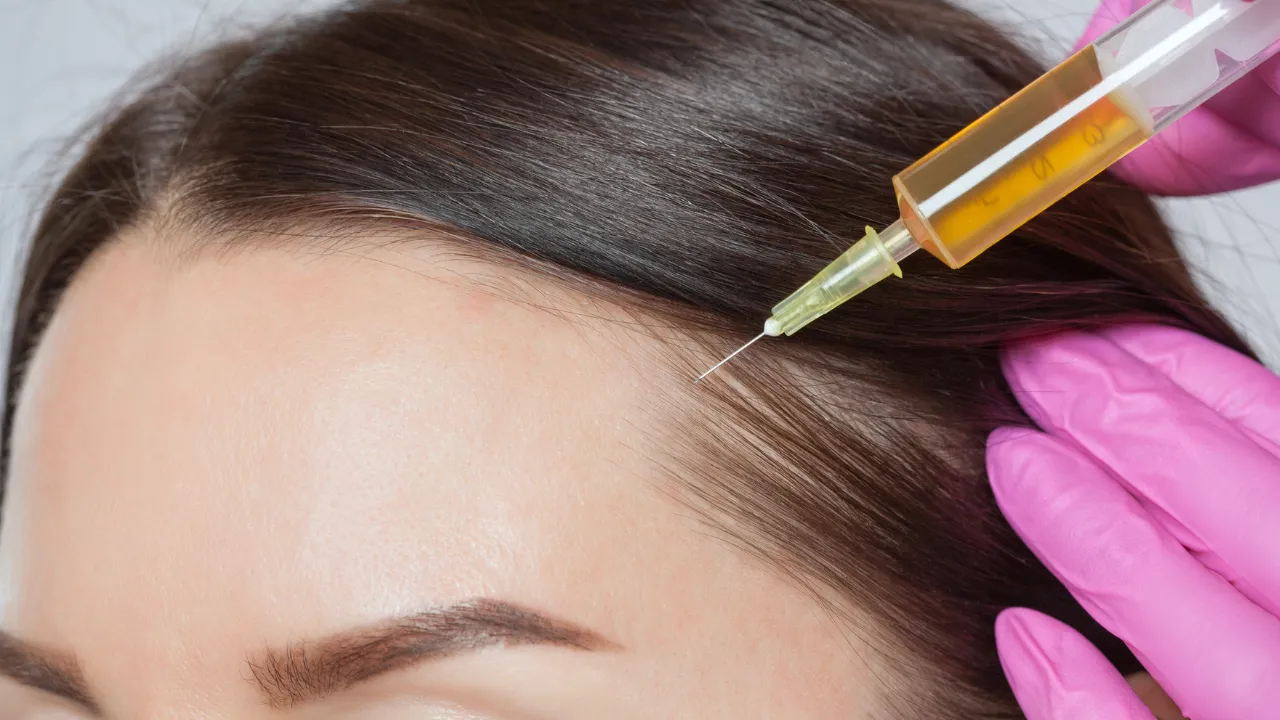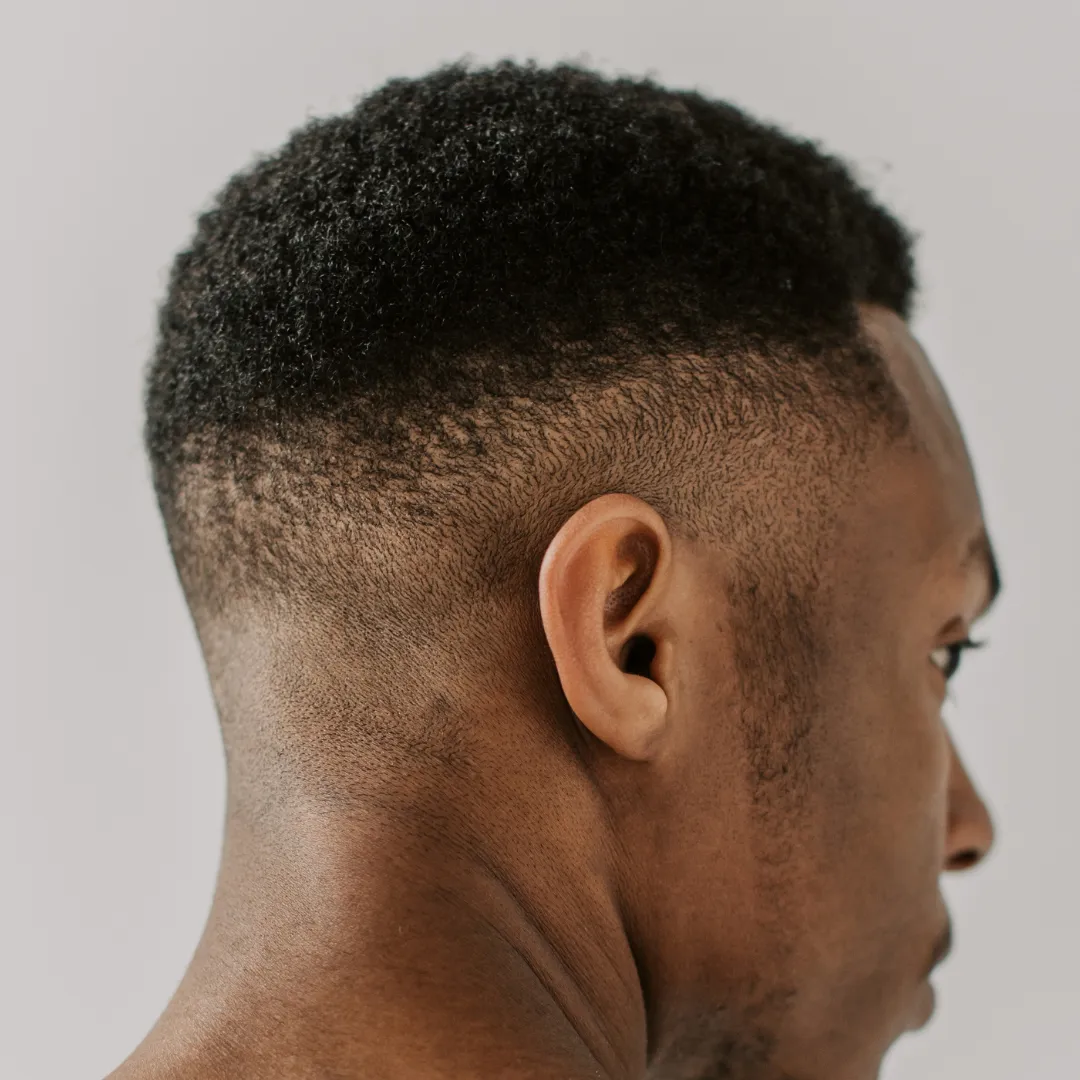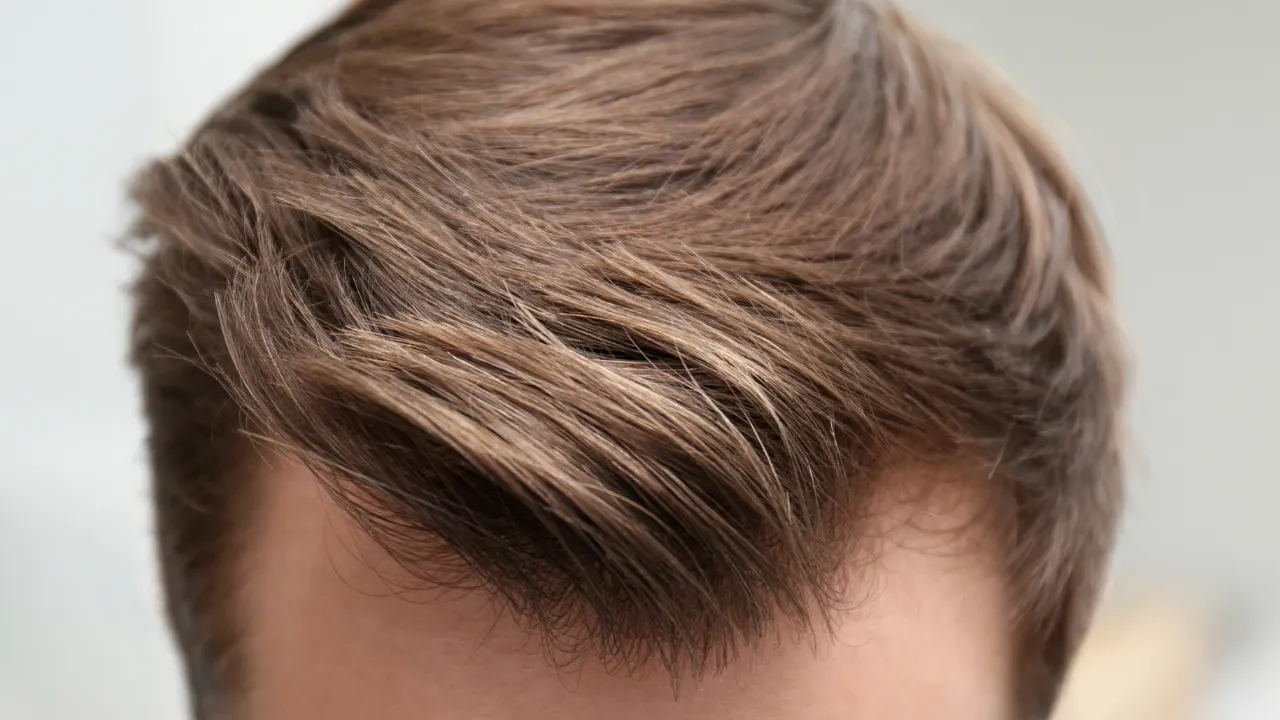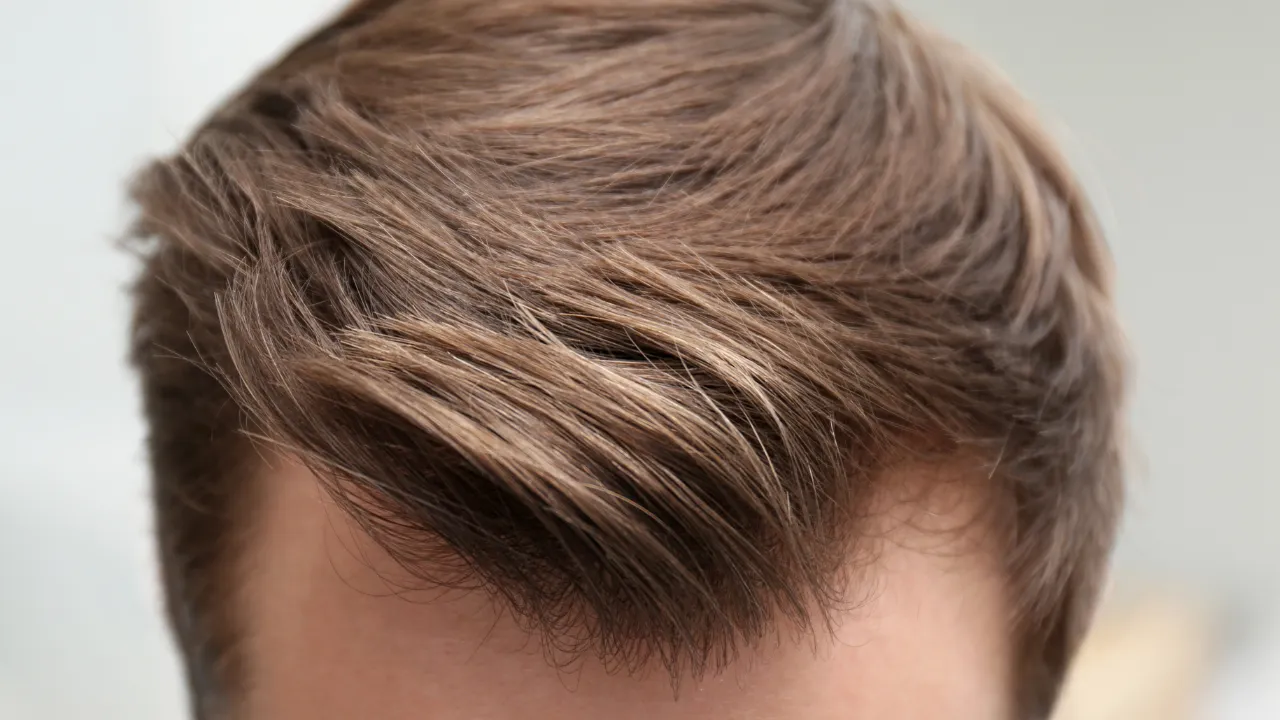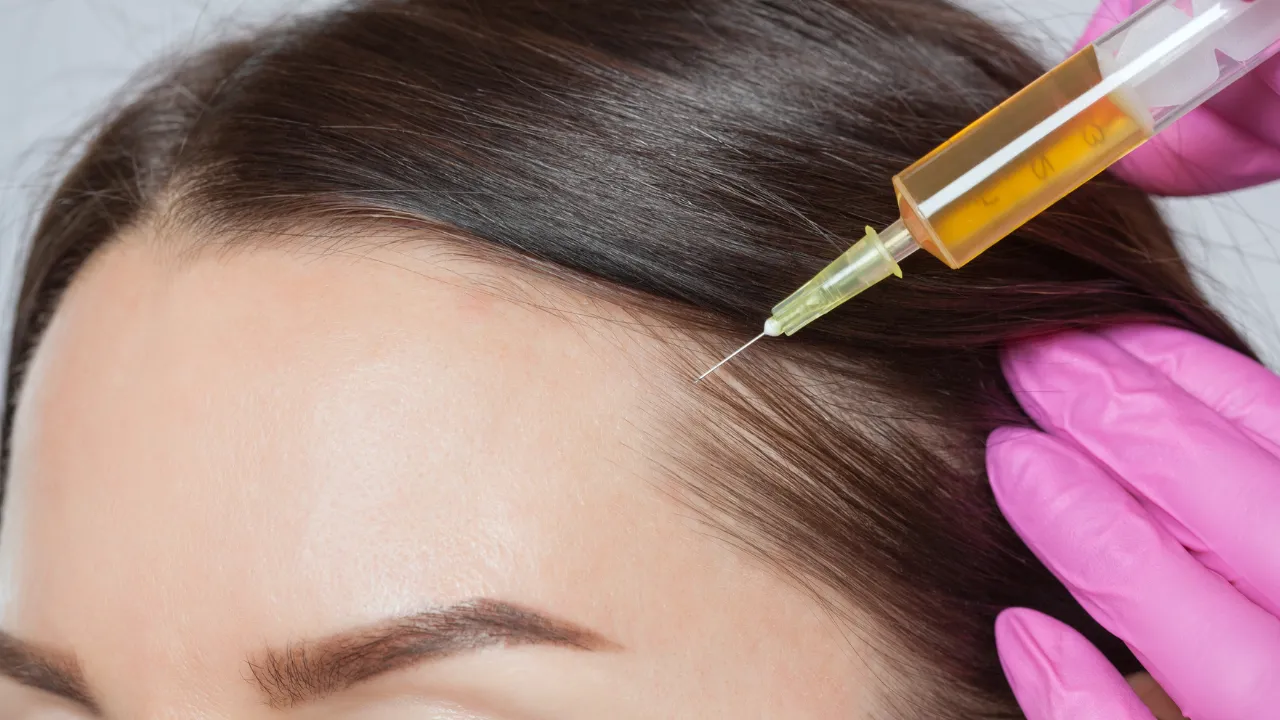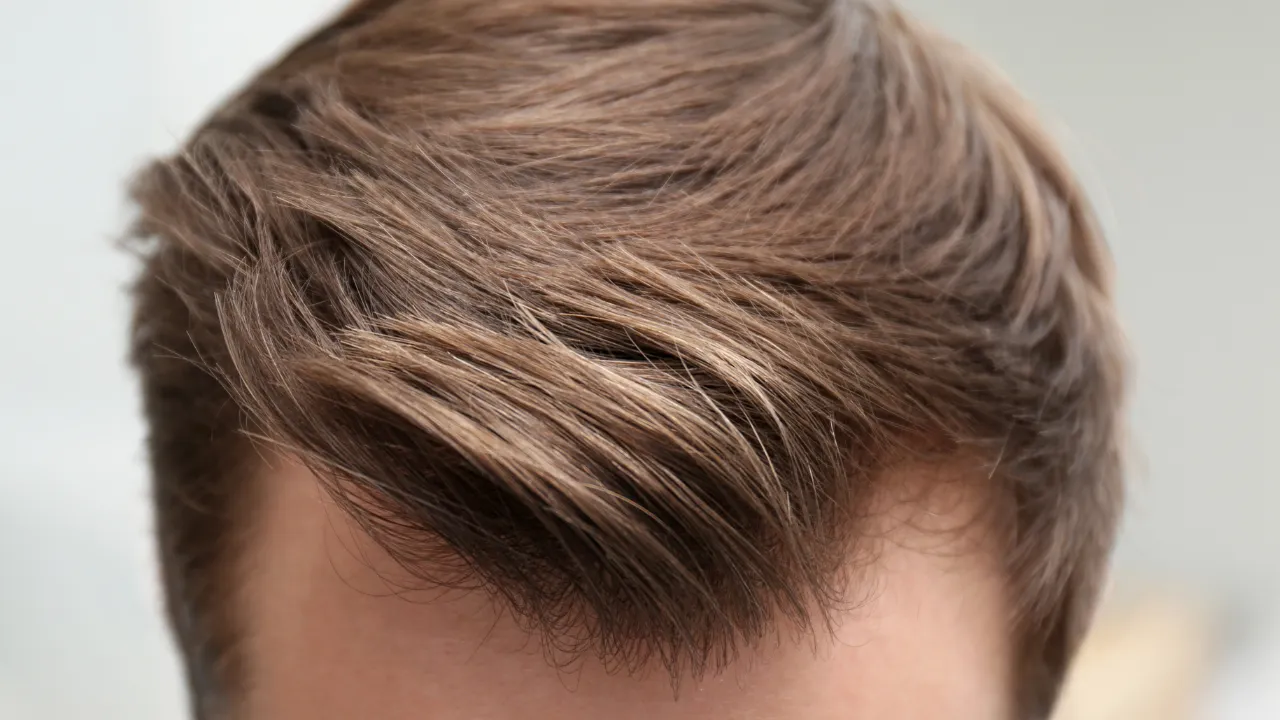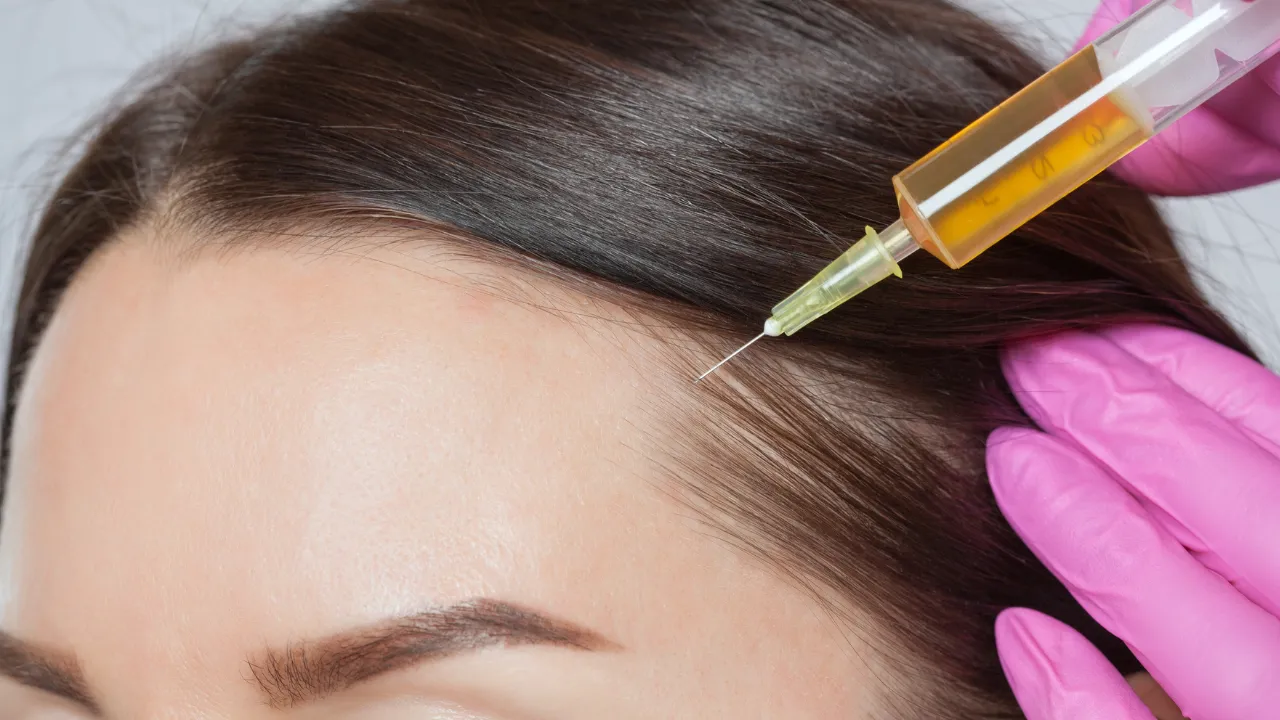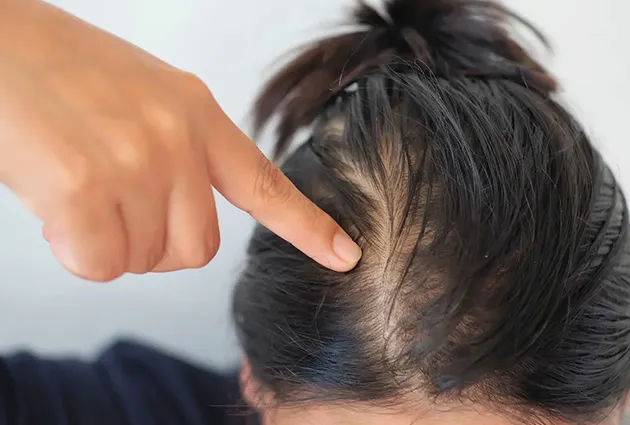Table of Contents
ToggleWondering how your hair transplant after 10 years will look? Dr. Kopelman explains what you can expect ten years later. You may see lasting results, but there could be challenges. These challenges include thinning or graying hair. Learn how aging, proper aftercare, and hair loss in untreated areas can affect your long-term results. Discover ways to keep a full, natural-looking head of hair.
What Happens to Your Hair Transplant After 10 Years?
A hair transplant ten years later often still shows strong results, as transplanted hair is resistant to hair loss. However, ongoing hair thinning in untreated areas or natural aging effects may influence the overall appearance.
The Lifespan of Transplanted Hair
ransplanted hair typically lasts a lifetime because it comes from areas of the scalp resistant to DHT, the hormone that causes hair loss. These donor follicles are genetically programmed to continue growing, even after being moved to areas prone to balding. However, ongoing hair loss in non-transplanted areas can affect the overall appearance. Patients may need additional treatments or consultations over time to maintain a balanced look as the natural hair around the transplanted area continues to thin or recede.
Aging Effects on Transplanted Hair (Thinning, Graying, etc.)
While transplanted hair is resistant to the causes of hair loss, it will still undergo natural aging. Even the best hair transplant 10 years later will show some age-related changes. As you age, the hair may gradually thin, similar to non-transplanted hair, though it will not fall out due to hair loss conditions like male or female pattern baldness.
Graying is another natural effect of aging that will affect both transplanted and non-transplanted hair, as the color of your hair is determined by genetics and not the transplant process. Despite these changes, transplanted hair remains strong and continues to grow throughout a person’s life.
Long-Term Success Factors for Hair Transplants
The longevity of hair transplant results is influenced by a combination of skilled surgical techniques and the quality of the patient’s donor hair. These factors work together to ensure that the hair transplant remains effective even years after the procedure. When performed by an expert like Dr. Kopelman, the results stay full and natural for many years, even 10 years after hair transplant.
Importance of Choosing the Right Surgeon
The experience and expertise of the surgeon are critical to the success of the hair transplant. An experienced surgeon knows how to extract and implant hair follicles with precision, ensuring that the grafts are placed at the right angle, density, and direction for a natural appearance.
Additionally, the surgeon’s ability to assess the progression of hair loss and plan accordingly is crucial for long-term success.
A poorly executed transplant can lead to uneven or unnatural results, which may not hold up well over time. With the right surgeon, the chances of achieving a natural-looking and durable outcome are significantly higher.
The Role of Donor Area Quality
The donor area, typically located at the back or sides of the scalp, is the source of hair follicles for the transplant. The quality of the donor area directly affects the success of the procedure.
A dense and healthy donor area provides stronger and more viable hair follicles, which are more likely to survive the transplant and produce long-lasting results.
Conversely, if the donor area is weak or sparse, it limits the number of viable grafts available for the transplant, potentially compromising the coverage and longevity of the results. Maintaining the integrity of the donor area is essential for future transplants and ensuring optimal outcomes over time.
Side Effects and Challenges Over Time
While hair transplants are generally successful in the long term, there are some side effects and challenges that may arise as time passes, particularly related to ongoing hair loss and the need for future procedures.
Ongoing Hair Loss in Non-Transplanted Areas
Even after a successful hair transplant, hair loss can continue in areas that were not treated, particularly for those with male or female pattern baldness. This may lead to a need for future actions. The difference between transplanted and thinning areas will become clearer over time. Patients may need to plan for future touch-ups or treatments to maintain a consistent look.
Need for Additional Transplants Over Time
As hair loss progresses in untreated areas, some individuals may opt for additional transplants to maintain their desired hair density. As time goes on, natural hair may thin out. This can create gaps or uneven areas. Many people choose a second or third procedure to restore fullness.
This is common for patients who undergo a hair transplant at a younger age and experience continued hair loss as they age. Continuous monitoring and consultations with the surgeon will help determine when and if additional transplants are needed.
Maintaining Your Hair Transplant Results
To ensure long-lasting results from your hair transplant, it’s essential to follow proper aftercare routines and maintain healthy lifestyle habits that promote hair health over time.
Aftercare for Long-Term Success
After your transplant, following the surgeon’s aftercare instructions is crucial. This includes gentle scalp cleaning, avoiding harsh products, and using prescribed medications to prevent infection. Proper aftercare ensures the transplanted hair follicles heal well and begin growing as expected. Regular check-ups with your surgeon are also recommended to monitor progress and address any concerns.
Lifestyle Habits and Hair Health Over the Years
Maintaining overall hair health is important for long-term success. A balanced diet rich in vitamins and minerals, staying hydrated, and minimizing stress contribute to stronger hair. Avoiding habits like smoking and excessive alcohol consumption can also help preserve hair quality. Regular scalp massages and proper hair care products can improve circulation and hair growth, ensuring your transplant results last for many years.
How Dr. Kopelman Can Help You Maintain Long-Term Hair Transplant Success
Dr. Kopelman is a renowned expert in hair restoration, specializing in techniques that deliver long-lasting, natural results. With his personalized approach, he helps patients navigate the long-term aspects of hair transplants, from initial planning to aftercare.
Dr. Kopelman will evaluate your situation. This applies whether you are considering your first transplant or looking for more procedures after 10 years. He will provide personalized advice to help you maintain your results.
He will give you personalized advice to help maintain your results. You can schedule a consultation with Dr. Kopelman to discuss your hair restoration goals and ensure the best outcome for your future hair health.


